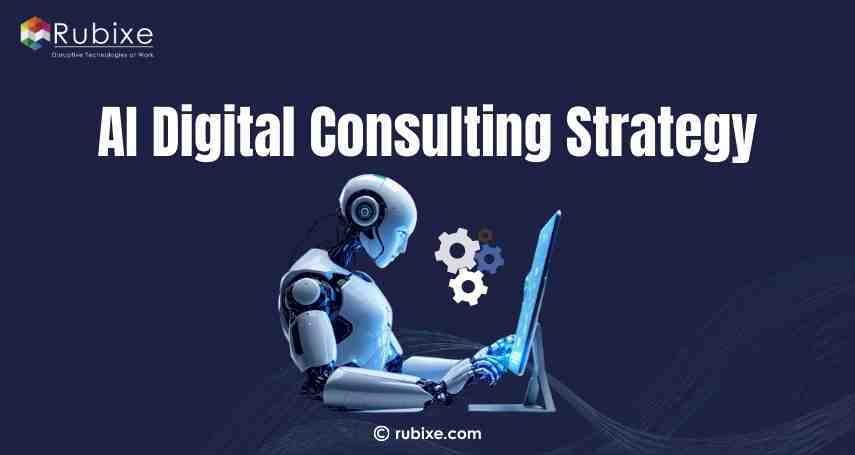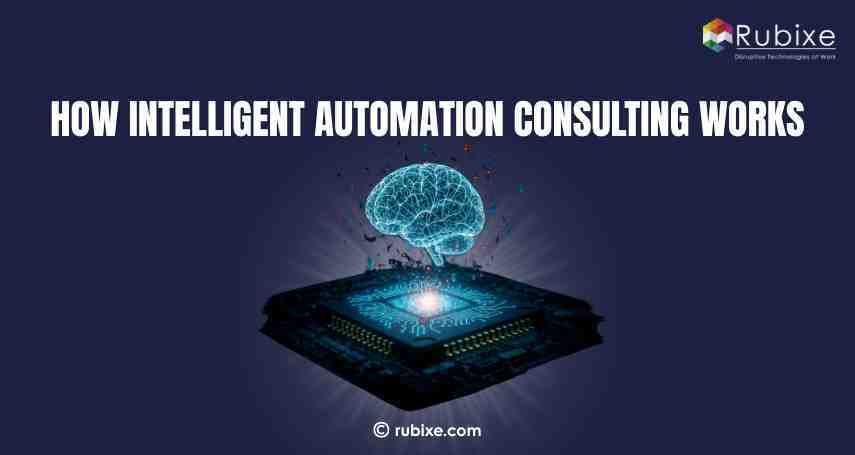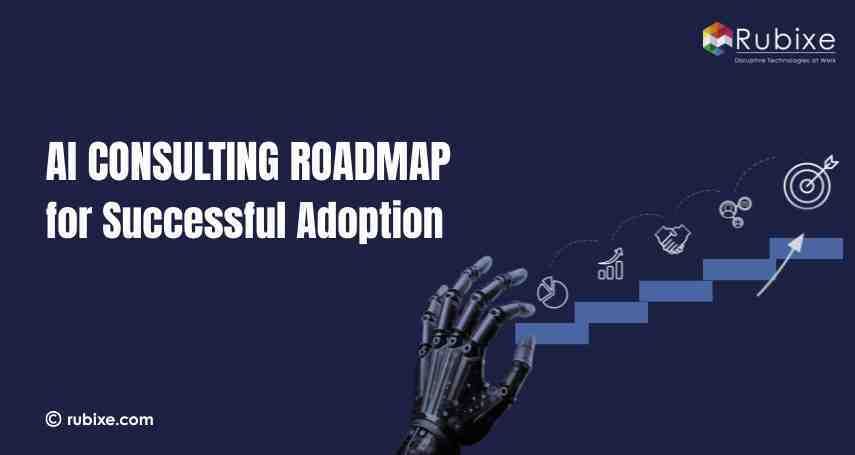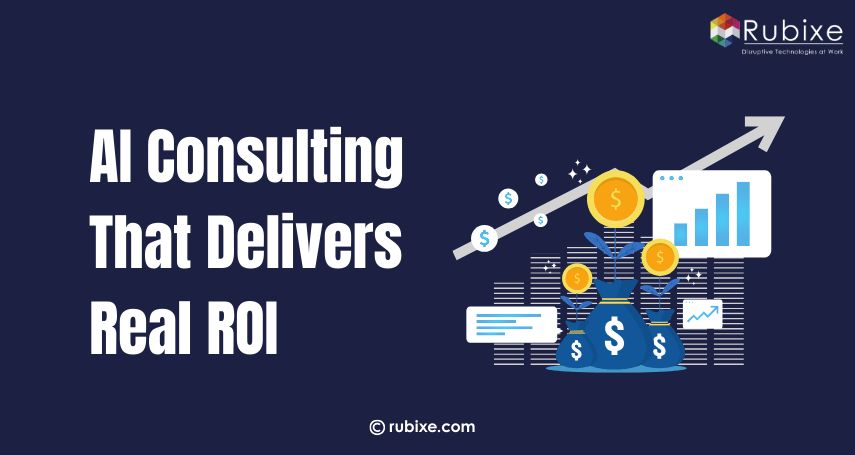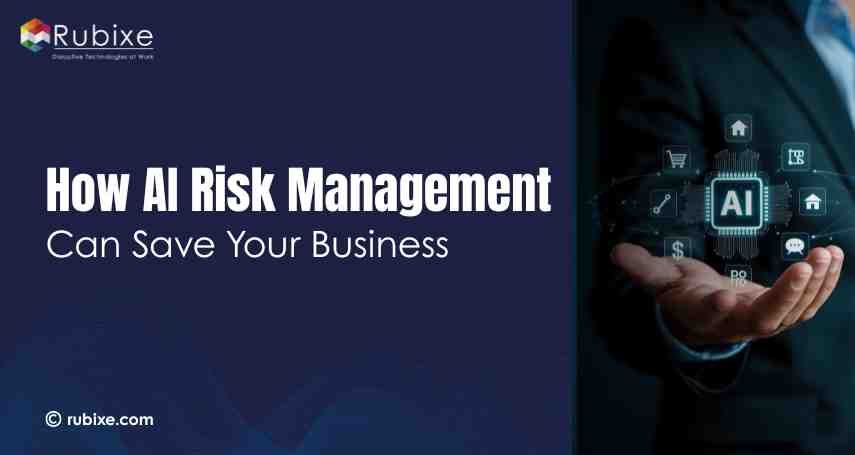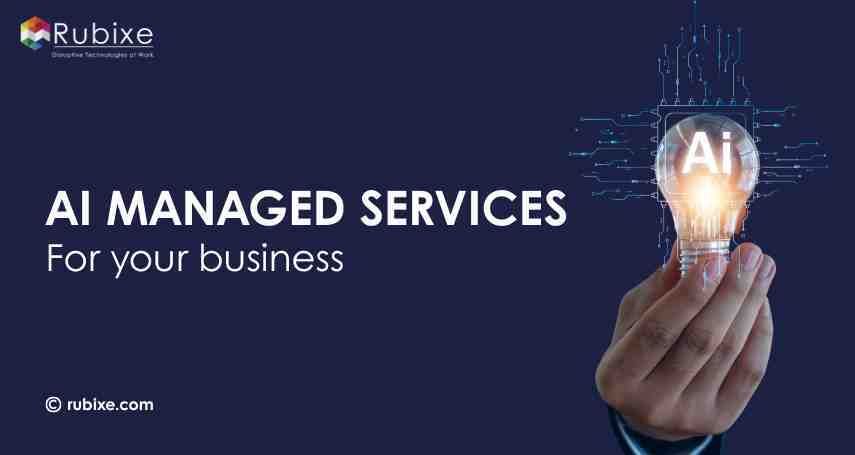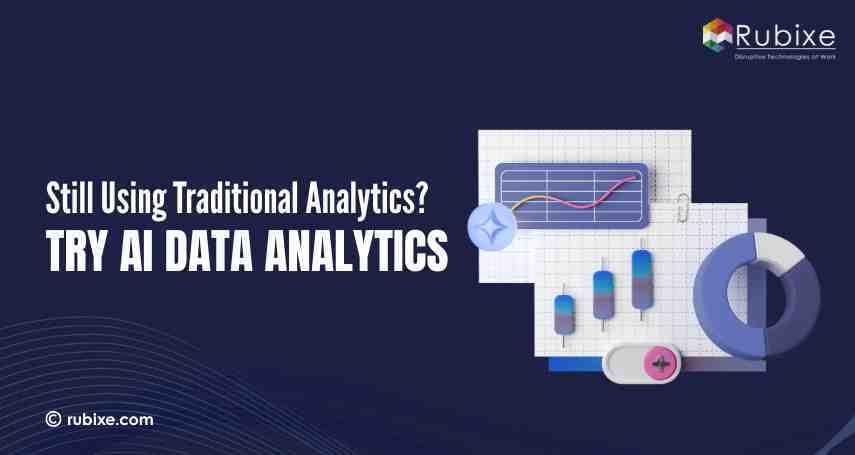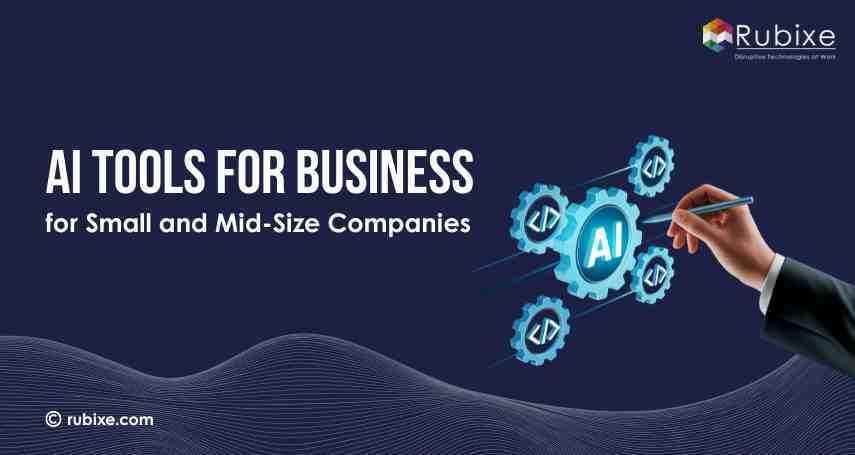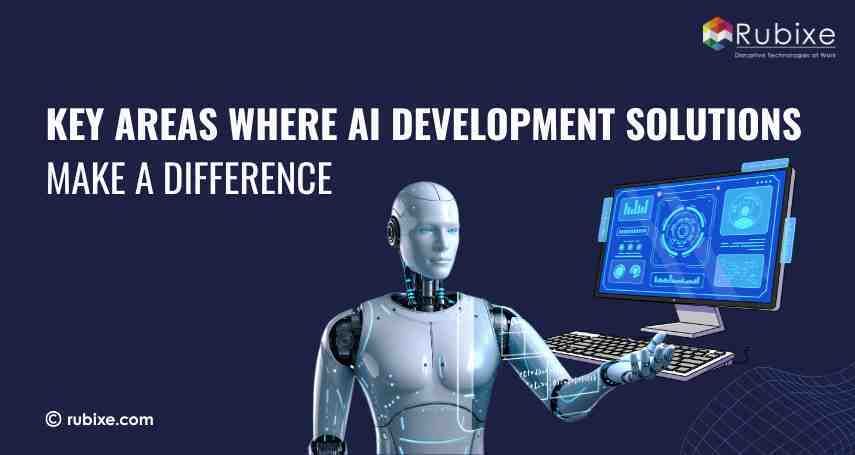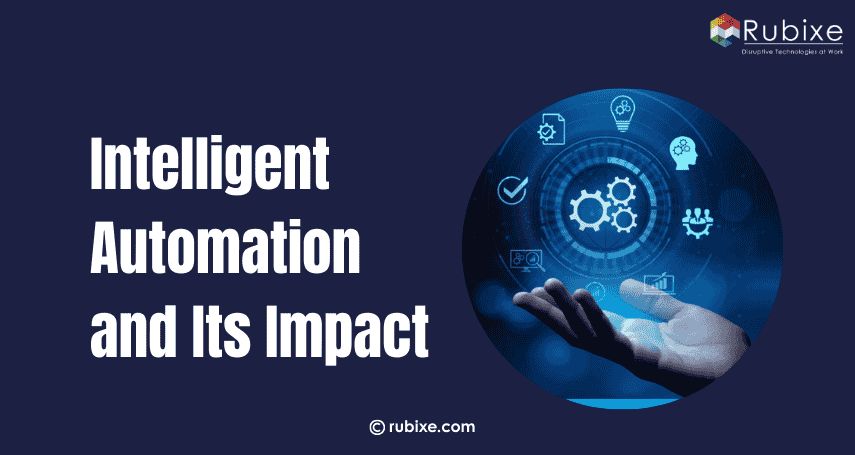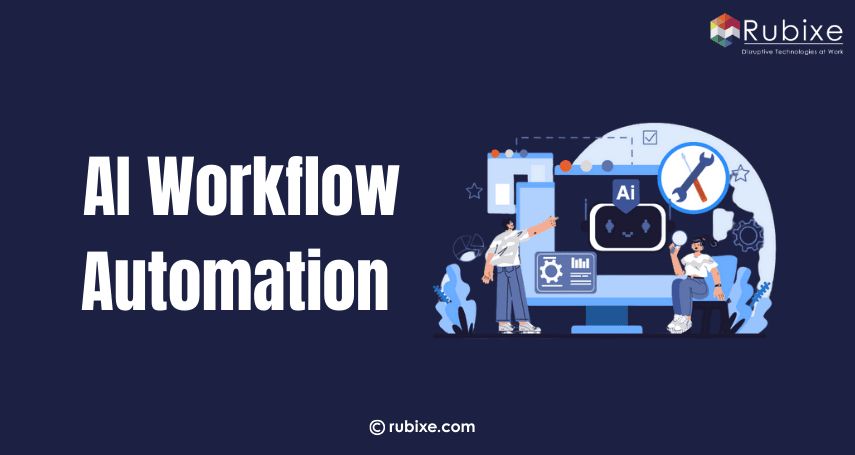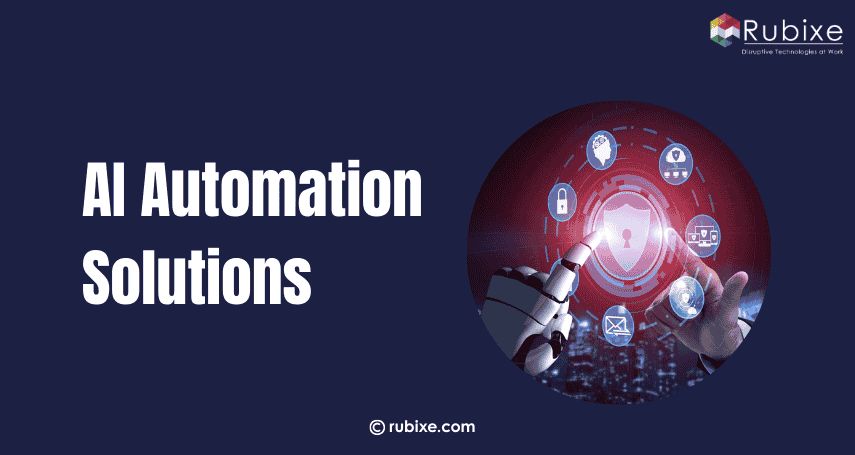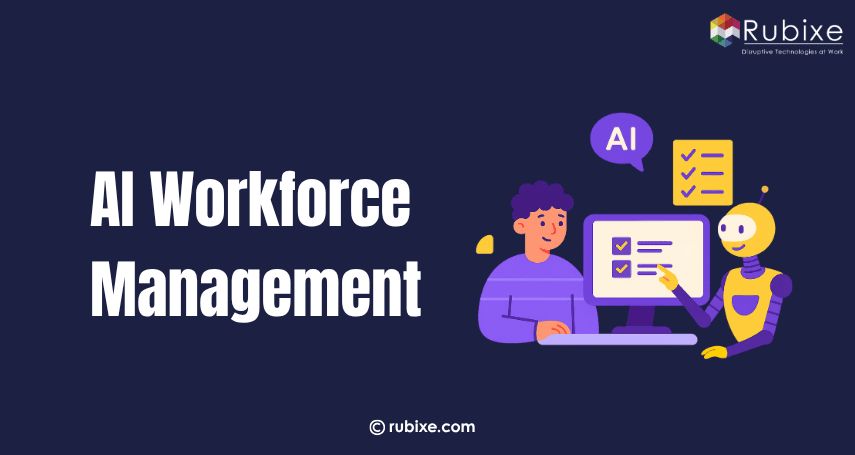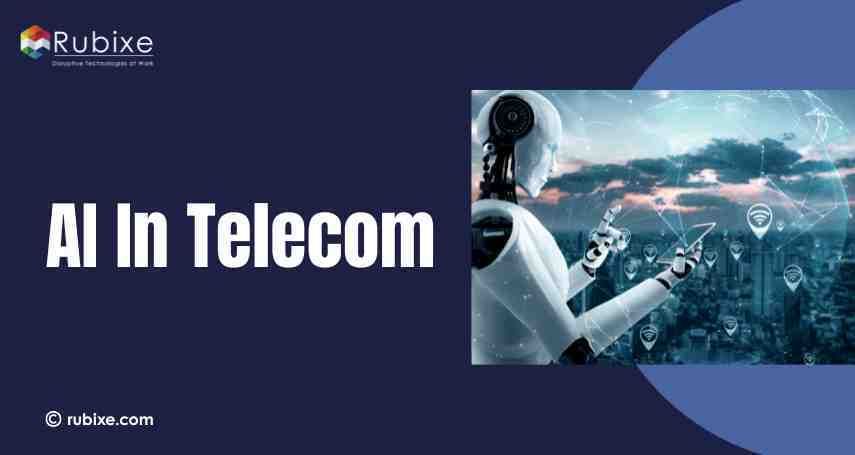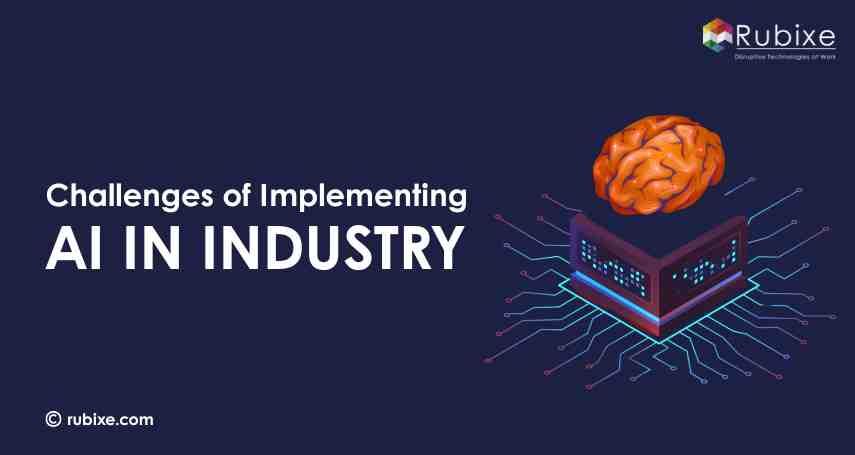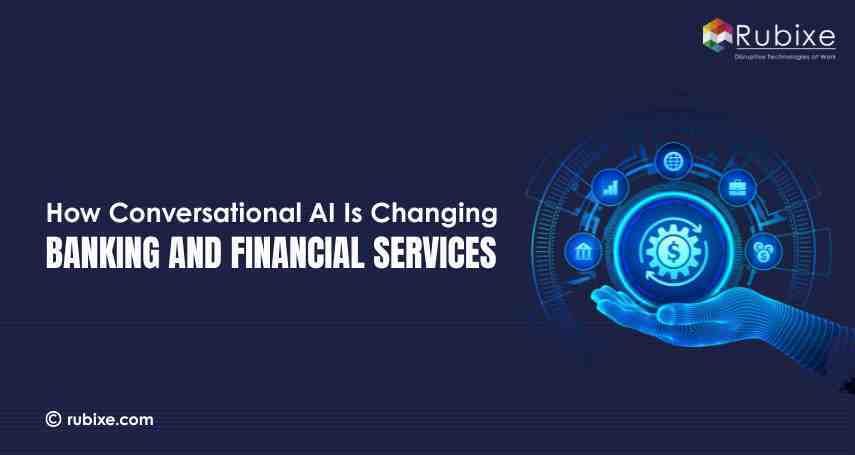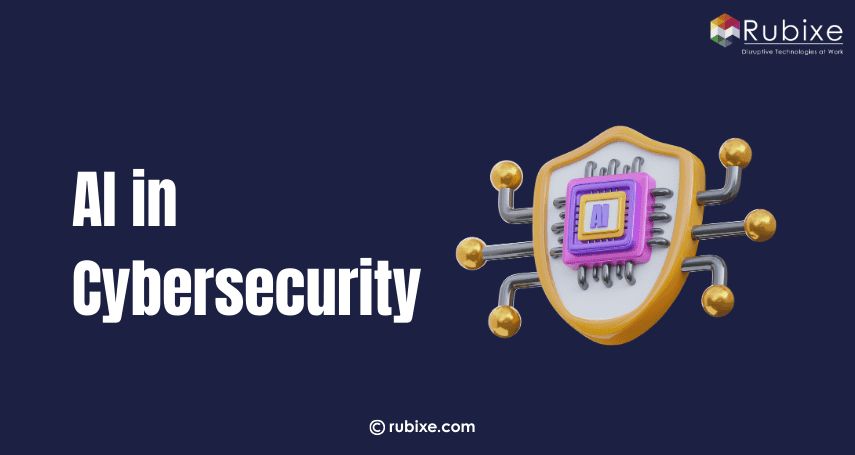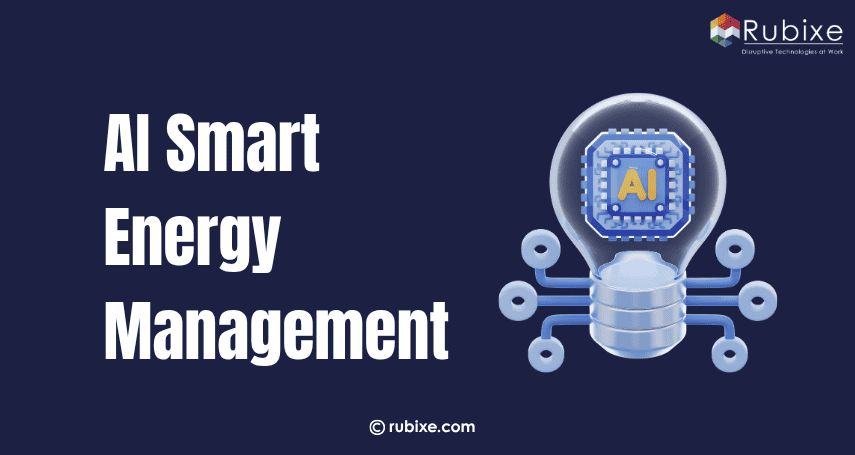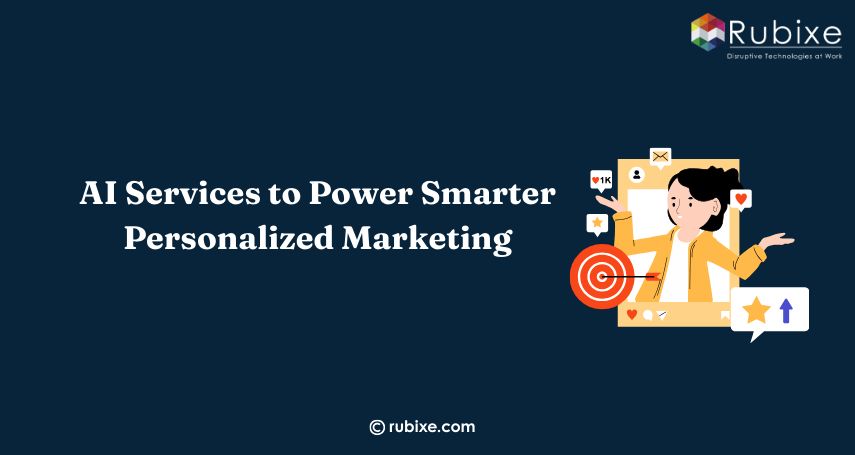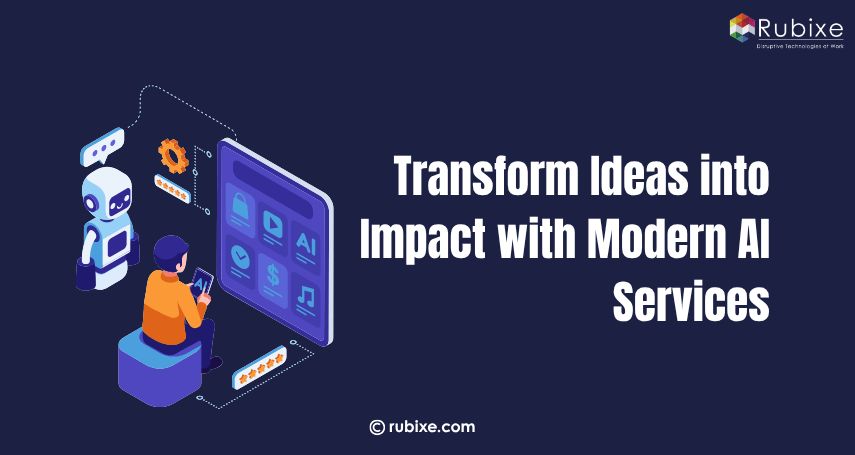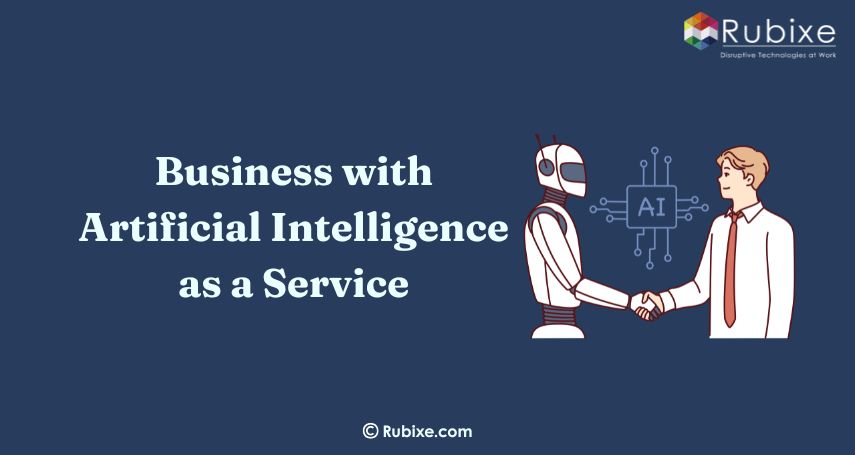AI in Cybersecurity: The Future of Digital Protection
Explore how AI is shaping the future of cybersecurity with smarter threat detection, faster response, and adaptive digital protection.
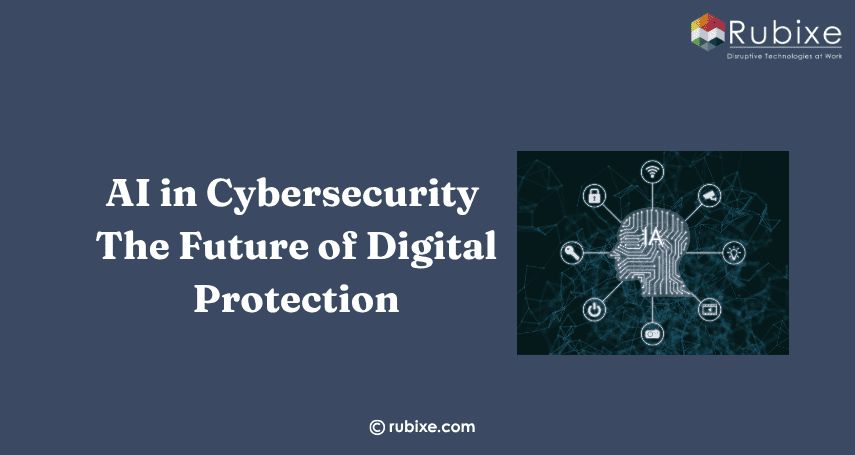
As someone working closely with technology, I’ve seen how AI is changing the game in cybersecurity. It spots threats quicker, strengthens defenses, and helps keep data safe in an ever-evolving digital world. With cyberattacks growing more advanced, AI has become essential for staying one step ahead and protecting both businesses and individuals.
AI in Cybersecurity
AI cybersecurity systems can monitor, analyze, detect, and respond to cyber threats in real-time. By processing vast amounts of data, AI identifies patterns that signal potential risks and scans networks for vulnerabilities, helping prevent common attacks before they happen.
AI works by learning typical behavior patterns across systems. Once it understands what’s normal, it can flag unusual activity and help block unauthorized access. It can also assess threats, detect malware early, and prioritize risks based on urgency.
How AI Is Transforming Cybersecurity
Artificial intelligence won’t replace cybersecurity professionals, but it is reshaping how they work. By analyzing massive datasets, identifying patterns, and delivering insights at speed, AI supports human teams in ways traditional systems cannot.
Here’s how AI addresses the gaps in conventional cybersecurity:
-
Faster Data Processing: AI analyzes vast amounts of security data in seconds, work that could take analysts days or weeks.
-
From Signature to Behavior-Based Detection: Traditional systems rely on known threat signatures. AI goes further by recognizing new, unknown threats through behavioral analysis.
-
Reduced False Positives: Signature-based tools often trigger irrelevant alerts. AI refines detection over time, minimizing distractions for security teams.
-
Zero-Day Threat Detection: AI can detect anomalies that hint at emerging or previously unseen threats, providing a proactive defense.
-
Automated Log Analysis: Instead of manually reviewing event logs, AI sifts through them quickly to identify patterns and potential breaches.
-
Enhanced Decision Support: AI augments human expertise by surfacing actionable insights, enabling faster, more confident decisions.
-
Augmented Human Roles: Security analysts shift from reactive to strategic roles, focusing on complex problem-solving and long-term defense planning.
Why Is AI in Cybersecurity Important?
AI strengthens cybersecurity by enabling faster, smarter threat detection and response. It helps reduce human error and keeps up with evolving cyber threats.
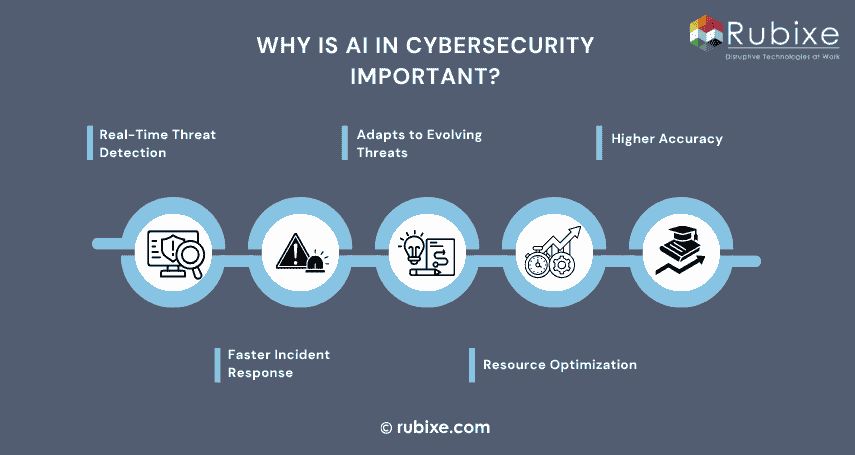
Key Reasons Why AI Is Essential in Cybersecurity:
-
Real-Time Threat Detection: AI continuously monitors systems to detect unusual behavior or anomalies as they occur. This helps security teams identify and stop breaches before they escalate, reducing potential damage.
-
Faster Incident Response: AI automates the initial response to threats. It can isolate compromised systems or alert teams quickly, reducing the time between detection and action. This fast response is critical to prevent data loss or service disruptions.
-
Adapts to Evolving Threats: AI learns and improves over time. It can recognize new malware, zero-day vulnerabilities, and complex attack patterns that go beyond static rules or signatures.
-
Resource Optimization: AI handles repetitive tasks like log analysis, alert triage, and threat prioritization. This allows cybersecurity professionals to focus on strategic decisions, improving team efficiency without increasing headcount.
-
Higher Accuracy: AI reduces false alarms by distinguishing real threats from normal activity. This allows security teams to concentrate on genuine issues and improves detection reliability.
What Are the Benefits of AI in Cybersecurity?
AI in cybersecurity offers a smarter, faster, and more adaptive way to defend digital systems. By automating threat detection and response, AI reduces the burden on human teams while improving accuracy and resilience against cyberattacks.
1. Real-Time Threat Detection and Response: AI continuously monitors network traffic, detects suspicious activity, and takes immediate action—isolating threats, blocking access, and alerting security teams to minimize damage.
2. Advanced Malware and Anomaly Detection: AI tools identify both known and unknown malware by analyzing behavior and patterns. They also detect unusual user or network activity, flagging potential breaches early.
3. Proactive Vulnerability Management: AI scans systems to find and prioritize weaknesses before they are exploited. It also predicts attack patterns using historical data for better prevention.
4. Automation and Faster Remediation: AI automates routine tasks like log analysis, ticket routing, and incident response, greatly reducing response times and allowing human experts to focus on critical issues.
5. Scalability and Efficiency: AI-powered systems can handle large volumes of data and complex threats, making them ideal for organizations of all sizes while improving overall security efficiency.
6. Reduced Human Error and Bias Awareness: By automating repetitive tasks, AI lowers the chances of mistakes. At the same time, ethical deployment requires awareness of data bias, privacy, and transparency.
What Are the Risks of AI in Cybersecurity?
While AI enhances cybersecurity, it also introduces new challenges. AI systems still depend on human oversight for accuracy and ethical use. Because they learn from historical data, they may struggle with new, unknown threats. Additionally, cybercriminals can exploit AI to create smarter attacks, making AI both a defense and a potential risk.
Key Risks:
-
False Positives & Negatives: AI may misidentify threats, leading to unnecessary alerts or missed breaches.
-
Data Dependence: AI learns from existing data, making it vulnerable to gaps or biases in training sets.
-
Human Oversight Needed: AI cannot operate fully autonomously—expert intervention is required for validation and error correction.
-
AI-Powered Cyberattacks: Hackers use AI to craft convincing phishing attacks or create adaptive malware.
-
Ethical & Privacy Concerns: Poor implementation can lead to misuse of data or surveillance overreach.
-
Complexity and Cost: Deploying and maintaining AI systems can be resource-intensive and technically challenging.
The Future of AI in Cybersecurity
AI is set to become a core part of cybersecurity, offering smarter, faster, and more adaptive defense mechanisms. As threats grow more sophisticated, AI will play a crucial role in predicting, preventing, and responding to attacks in real-time with greater accuracy. Integrating AI services into security strategies enables businesses to stay ahead of complex cyber risks and build stronger, more resilient digital defenses.
Key Trends Shaping the Future:
-
Predictive Threat Intelligence: AI will anticipate attacks before they happen using behavioral analysis and historical data.
-
Autonomous Response Systems: AI will enable near real-time threat containment with minimal human intervention.
-
Advanced Behavioral Analytics: Continuous monitoring of user behavior will help detect insider threats and account takeovers.
-
AI-Augmented Human Teams: Security teams will rely on AI for deeper insights and faster decision-making.
-
Adversarial AI Defense: New techniques will emerge to defend against malicious AI-driven attacks.
-
Integration with Zero Trust Models: AI will support context-aware access control, strengthening identity and access management.
AI consulting helps businesses integrate intelligent cybersecurity solutions tailored to their needs. By leveraging expert guidance, companies can adopt AI tools more effectively, improve threat detection, and strengthen digital defenses. With the right consulting support, organizations can stay ahead of evolving threats while maximizing the value of AI in cybersecurity.
